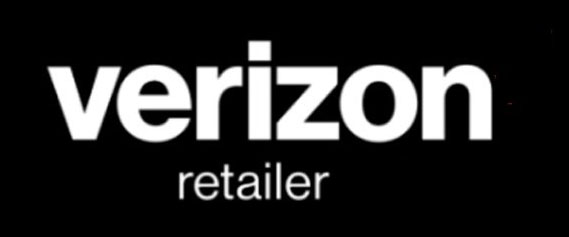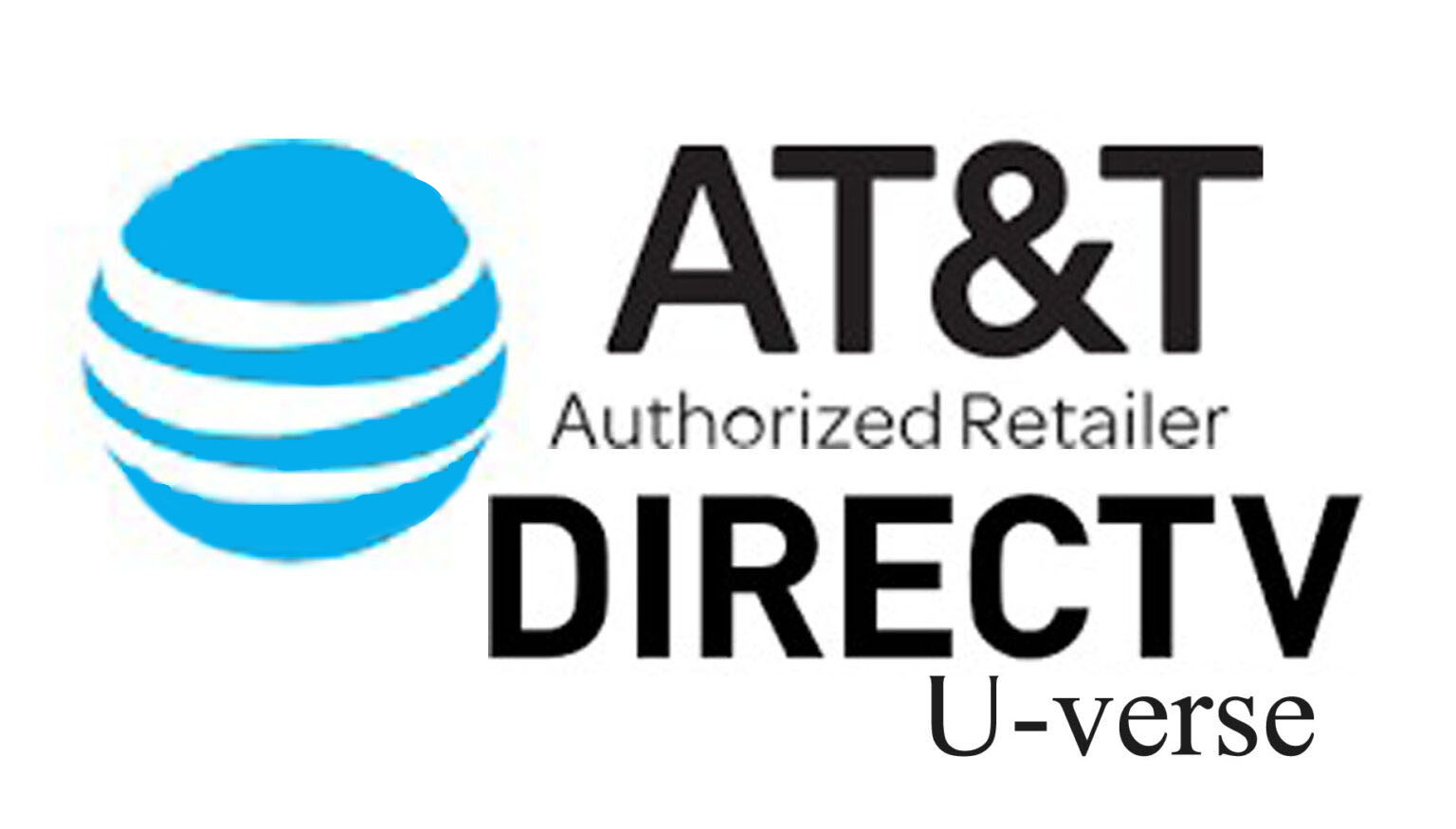Instant Mobile Recharge
- Easy & secure payments
- Online available 24/7
How it works in 3 easy steps
Advantages of cable internet
Cable internet is a popular option for many homes as providers typically offer a range of speed options and high data allowances to support streaming, gaming online and other internet activities on multiple devices. Along with numerous internet plan options, cable companies are also likely to have TV and phone options available as well, and often come with monthly savings when bundled together.
Cable internet is good for:
- Speed options
- Data allowance
- Streaming
- Gaming
- Bundling
- Video conferencing
What cable internet is not ideal for – Uploading files
If your household will be using the internet to work from home or to learn remotely, cable technology is not as ideal of an option as fiber internet. Though cable internet can deliver fast upload speeds, upload speeds are commonly much slower. Slow upload speeds can hinder performance when making a video call or uploading large files, such as homework.
Cable internet customer satisfaction ratings
While many cable internet providers increased their satisfaction scores in the past year, none received anything above what could be considered a “passing” grade. This isn’t uncommon as cable providers are somewhat notorious for poor customer satisfaction, but the year-over-year increases from many providers indicate a continued effort to better customer satisfaction in the industry.
Cable internet vs. other connection types
Cable internet, much like cable TV service, uses coaxial cables that connect from your home through a modem receiver to a nearby node, and then to your internet service provider. The modem receives electrical signals, which then convert into internet service, similar to how a cable TV box receives a signal and displays an image.
Cable internet is a great high-speed internet choice if fiber is not available in your location. It has speeds up to 10x faster than DSL or satellite, and is a widely available internet service, serving 89% of U.S. residents. There are some downsides to cable, however, like irregular speeds and potential data caps that could result in overage fees. Although fiber is a better option in terms of speed and reliability, cable is easy to install and accessible to most people.
Cable vs. fiber
Coaxial cables are more common and less expensive than fiber optic cables. This makes cable services more widely available and sometimes lower-priced than fiber internet. Cable can also be more convenient as it is already installed in most homes, as opposed to fiber. While cable tends to provide faster internet speeds than DSL, fiber internet is known for providing faster and more reliable internet. One more thing to consider when comparing fiber vs. cable? Although fast, fiber only covers approximately 41% of the country. Cable, on the other hand, covers close to 90%.
Cable vs. DSL
While cable internet is integrated into the cable television infrastructure, DSL is integrated into the telephone line infrastructure. Both share similar availability, but a coaxial cable supports higher bandwidth than a telephone line, which gives cable internet a significant speed advantage over DSL internet. With greater speeds, you can stream and search the internet with multiple devices at a time.
Cable vs. 5G
5G internet is one of the newer technology types available. Its speed tiers are usually lower than that of cable but some providers like Verizon offer 5G speeds up to 1,000 Mbps. The strength of your 5G home internet connection depends on your proximity to 5G cellular towers, so your connection could be unreliable at times.
Cable vs. satellite
Cable is far more reliable and has faster speeds than satellite internet, but satellite is sometimes the only option for those living in rural areas. Cable has widespread availability but could still be out of reach for certain areas. In this case, satellite provides a better connection than DSL, but is still behind cable, fiber and 5G internet.
Cable internet availability and coverage
Cable internet is the most widespread internet service option in the United States, with DSL as a close second. Although fiber internet is the most desirable option, it is also the least available.
Our take on cable internet
Cable is widely-available and presents many speed options, making it a great option for many households. The fast speeds and high data allowances – many providers even have unlimited data – are ideal for streaming, gaming and more.
Those needing fast upload speeds for video conferencing or uploading large files, however, may find cable internet a bit lacking. Furthermore, cable internet is more susceptible to slowed speeds during peak usage times.
Cable internet isn’t perfect, but it is one of the better internet connection options available.
If you have decided on cable internet for your home, you might be able to negotiate the price. Be courteous to your sales agent on the phone and be informed of what other providers in your area are offering. You can use that to get the lowest possible monthly price. There may be other incentives, like free installation, you can take advantage of that might not lower your monthly cable bill but could save you on upfront costs. It’s worth asking about, as the average internet bill is around $64, but with added taxes and fees, that can jump up another $15 or more.
Compare fastest internet providers, plans and prices
These days, just about every provider claims to have the fastest internet in the world, with terms like “gigabit” and “high speed” thrown around at will. The truth is, most people who have access to a cable or fiber optic internet plan will be able to get all the fast speed they need without going near the top plans. For context, 1,000 Mbps is enough to stream Netflix in 4K on 40 TVs at the same time.
Fiber optic internet is almost always the fastest option, but if it’s not available in your area, cable internet can also reach gig speeds. DSL and satellite internet rarely reach speeds that could be considered “high speed,” but fixed wireless 5G service is quickly becoming another option for fast internet.
Fortunately, just about every major fiber optic or cable internet provider has a gig plan available in most of their service areas. Not all providers and plans listed below are available in all areas.
*Internet speed claims based on wired connection. Actual speeds may vary. Single device wired speed max 4.7 Gbps. For more information, go to www.att.com/speed101. Pricing per month plus taxes for length of contract. Additional fees and terms may apply. Pricing varies by location and availability. All prices subject to change at any time. May or may not be available based on service address. Speeds may vary. †Internet speed claims represent maximum network service capability speeds & based on wired connection to gateway. 1GIG speeds require the latest router & recommended setup. Actual customer speeds may vary and are not guaranteed. For more info, go to www.att.com/speed101. As of 12/21/23.
**Per month w/ Auto Pay & Paperless Bill. Max wired speed 5000/5000. Wi-Fi, actual & average speeds vary. One-time charges apply. 12/21/23.
How we evaluated high speed internet providers
To find the best high speed internet providers, we focused on four categories: affordability, performance, value and customer satisfaction.
We gave the most weight to performance, which includes both download and upload speeds. Download speeds are what matter for most internet activities — streaming, browsing social media, downloading files — but upload speeds are also essential for things like Zoom meetings and online gaming.
Each category also contains multiple sub-factors, all of which are weighted differently to impact the provider’s overall score. For each sub-factor, we score all providers on a continuous scale of 1 to 5, relative to the industry as a whole. Because the average download speed in America is currently 180 Mbps, for example, we assigned all plans with download speeds between 100 and 299 Mbps a score between 3 and 4. Xfinity’s 200 Mbps plan received a 3.50 score for download speed, while Spectrum’s 400 Mbps plan got a 4.16.
We only considered standardized data points in our scoring system. More abstract data like consistency of service and brand reputation is still part of our analysis, but we opted to let our writers address them in the context of each review.
Providers with multi-gig internet plans
Multi-gig internet can power large households with multiple simultaneously connected devices, people who work from home or those who need high bandwidth for large file transfers — like gamers, coders, content creators, etc.
However, these high-speed plans aren’t for everyone as they are expensive and could require new equipment to accommodate high internet speeds that you may not even need. For many everyday internet users, 1 gig plans would more than suffice.
AT&T: Fiber 2000 and Fiber 5000
AT&T offers two multi-gig internet options, Fiber 2000 and Fiber 5000, which have great value for their speeds. At $110/mo., Fiber 2000 offers speeds up to 2,000 Mbps. AT&T’s Fiber 5000 is a 5 GB internet plan for $250/mo.*†
Xfinity: Xfinity Gigabit Pro
Xfinity’s Gigabit Pro plan offers multi-gig speeds of up to 6,000 Mbps for almost $300/mo., not including activation, installation or rental fees. You’ll also have to sign up for a two-year contract with early cancellation fees.
Frontier: Fiber 5 Gig internet
Frontier’s Fiber 5 gig internet plan has no contract or activation fees, free Wi-Fi 6E equipment rental with installation and unlimited data for $154.99/mo.
Google Fiber: 2 Gig internet
Google Fiber offers the most affordable 2 GB internet plan for $100/mo. And no contract or data caps and free Wi-Fi 6 equipment.
Ziply Fiber: 2 and 5 Gig fiber
Ziply Fiber has two multi-gig plans: 2 GB fiber and 5 GB fiber. At $120/mo., the 2 GB plan is close in price to AT&T and Google Fiber’s 2 GB options, but the 5 GB plan at $300/mo. is a more expensive option compared to AT&T’s 5 GB internet.
Other internet providers with high speed options
We listed many of the top high-speed providers by availability above, but it’s possible that other high-speed providers are available at your address. When shopping for high-speed internet, take the time to compare plans from national and local providers available near you.
In some cases, regional providers can be the faster internet option. For example, EPB, a local Chattanooga, TN, fiber optic provider, has a 10 Gbps plan for around the same price as Xfinity’s 2 Gbps plan.
Below are well-known internet providers who may also be available in your area. They offer fast gigabit plans, but they can be pricey. You can save money by buying a plan with speeds that suit your needs, rather than picking the fastest option.
Tips to speed up your internet connection
For times when your speeds are consistently much slower than your plan’s advertised speeds, consider resetting your modem and router. Also, be sure to check for any unwanted devices on your connection that may be hogging your bandwidth. Wireless internet is also inherently slower than wired, or Ethernet, connections, so don’t be alarmed if your wireless speeds are 50% or less than your plan’s advertised speeds.
Here are some more troubleshooting steps you can take to help boost your Wi-Fi signal:
- Take a speed test to find out what you’re currently getting.
- Update the security settings on your router to cut off bandwidth leeches.
- Optimize your router’s settings.
- Purchase a new wireless router every five years.
- Angle one Wi-Fi antenna up and one to the side.
- Move your wireless router to an elevated, clear spot.
- Add a Wi-Fi extender.
Actual vs. advertised speeds
The most recent official data on a provider’s actual tested speed vs. their advertised speed comes from a 2021 FCC report detailed in their Measuring Broadband in America – Eleventh Report.
According to the report, 9 of 12 ISPs performed at or better than their advertised speed during the peak hour. “For most of the major broadband providers that were tested, measured download speeds were 100% or better than advertised speeds during the peak hours (7 p.m. to 11 p.m. local time).” Those providers include Frontier (DSL & Fiber), Windstream, Charter, Comcast, Cox, Mediacom, Optimum and Verizon.
Providers that returned median download speeds lower than advertised speeds include DSL services from CenturyLink and Cincinnati Bell.
FAQs
Cable internet supports higher bandwidth and faster speeds than ADSL internet. Cable internet plans vary by location, but cable internet can deliver more than 10x the speeds of DSL in select areas.
Cable internet uses a coaxial cable, the same as cable TV service. Within the coaxial cable is a copper or copper-plated steel line which carries internet signals from a provider to a residence. Other cables used for internet include telephone lines and fiber optic cables.
No. Unlike DSL and dial-up internet, which require a phone line for service, cable internet uses a coaxial cable. Home phone services are available from most cable internet providers, but one is not required for internet service.
Cable internet is capable of delivering a wide speed spectrum. A good cable internet speed for most homes is 100 Mbps or higher, but a “good” internet speed depends on your needs.
Local and international calling made easy and secure. We make calling easy, safe, and secure based on the budget that works for you. Our method has optimized national and international calling that connects through the recipient’s service provider using their local phone, saving money with a prepaid bill, and ensuring quality connection. Experience calling as it should be with All Bills Pay.
No Hassle. All Quality.
With the reliability of modern technology and traditional phone lines, our services allow you the flexibility to call any phone from anywhere. Connecting through your local phone line means there is no need for an internet connection and no dropped calls. To avoid extensive international rates, recharge online using prepaid bill pay or invest in one of our wireless SIM card options. You can keep in constant contact wherever you are because we’ve got you covered.
With prepaid bill pay for premium-quality calls to landlines and mobile phones, you pay based on your unique calling behavior. Know exactly what you’re paying for using Cellpay’s easy, reliable, and secure service. We make recharging your phone easier than ever, without requiring a lot of personal information.











